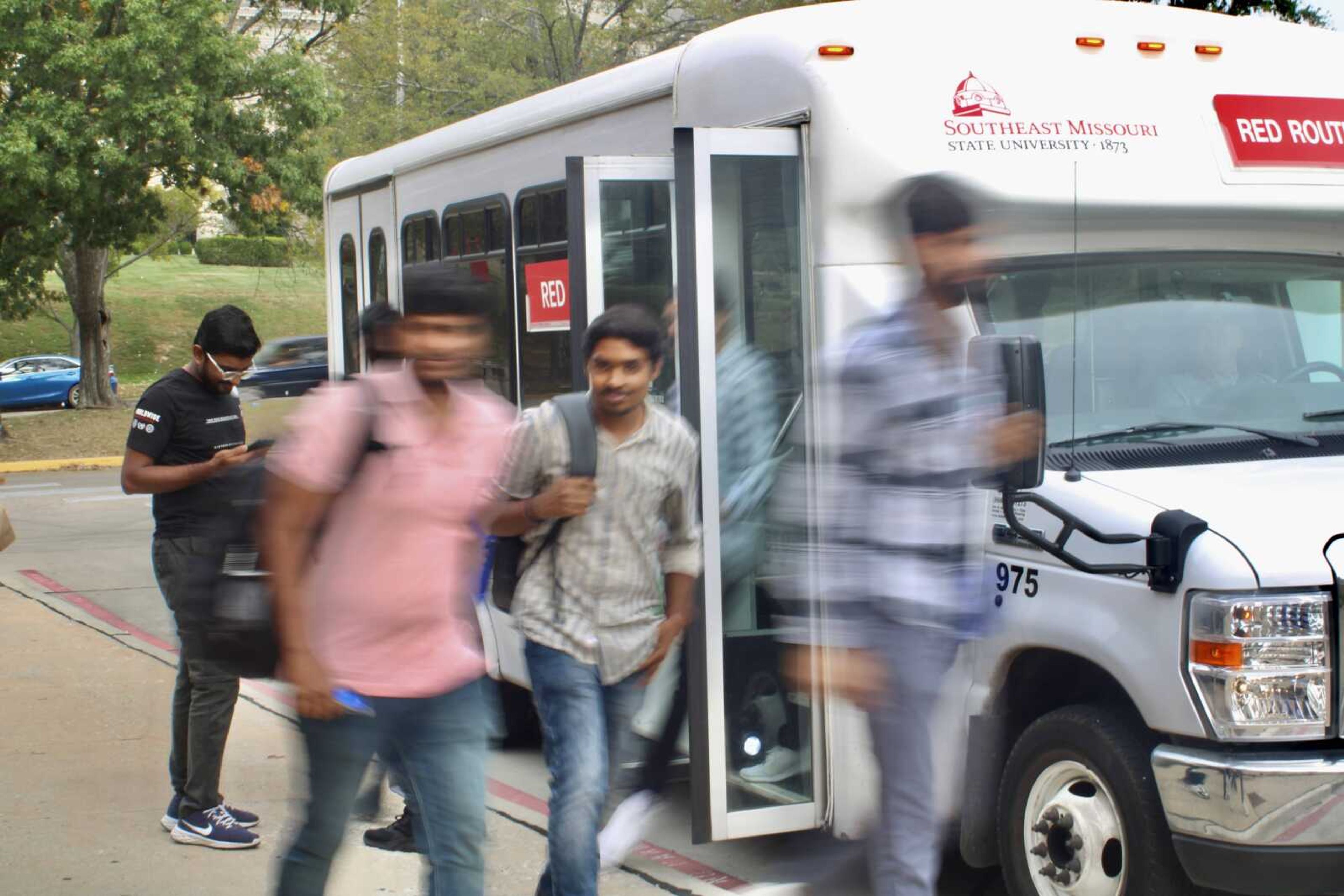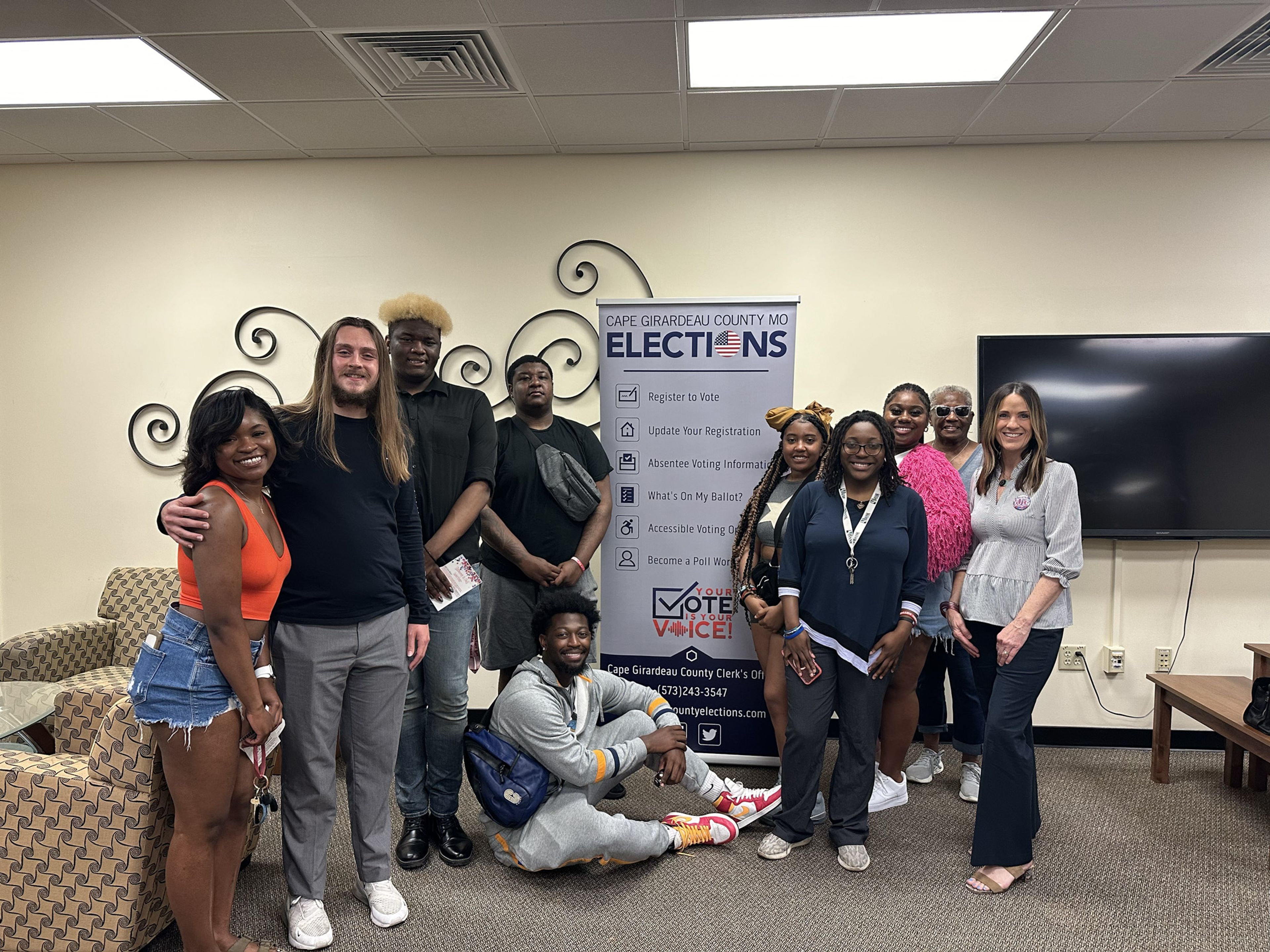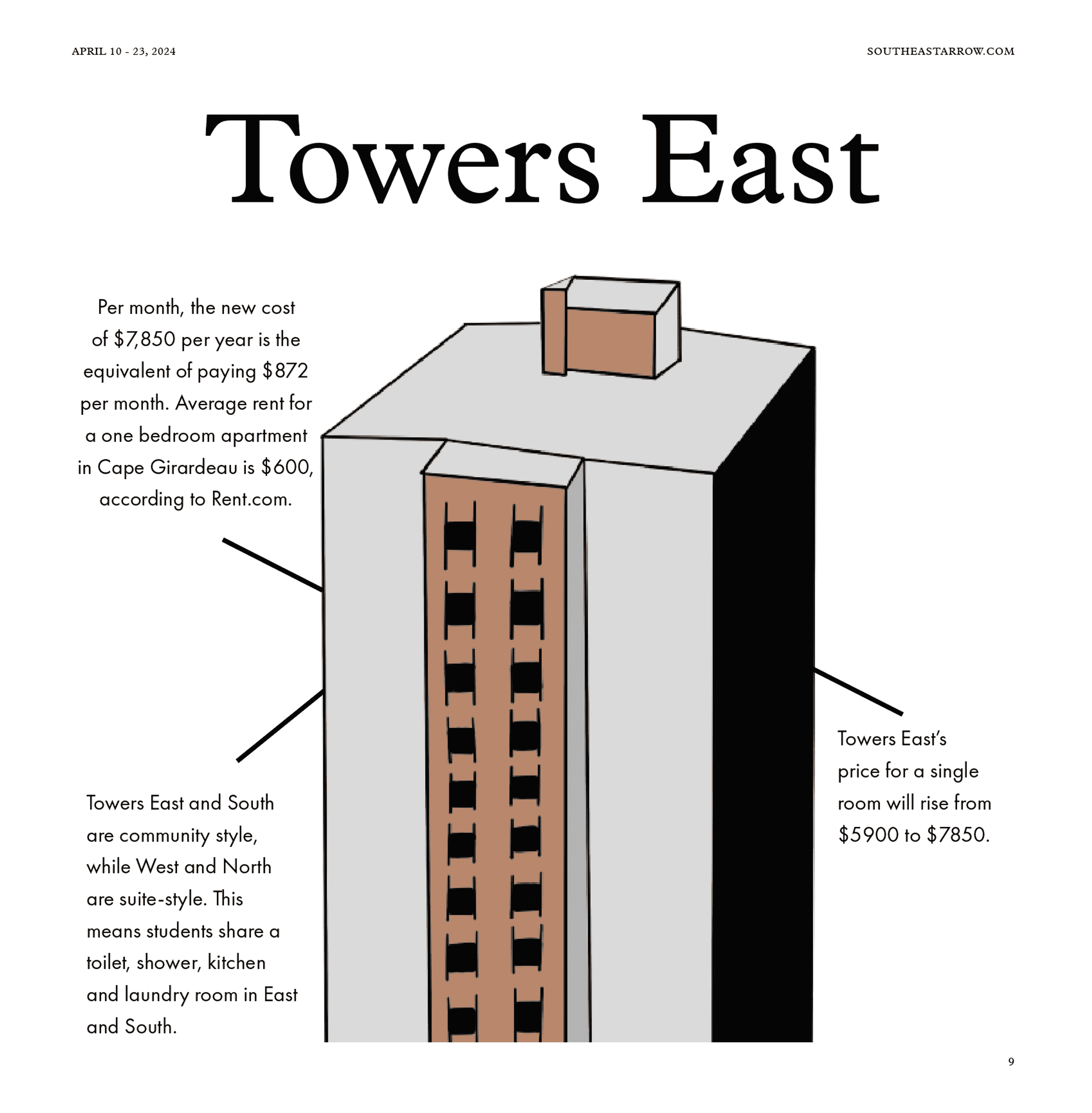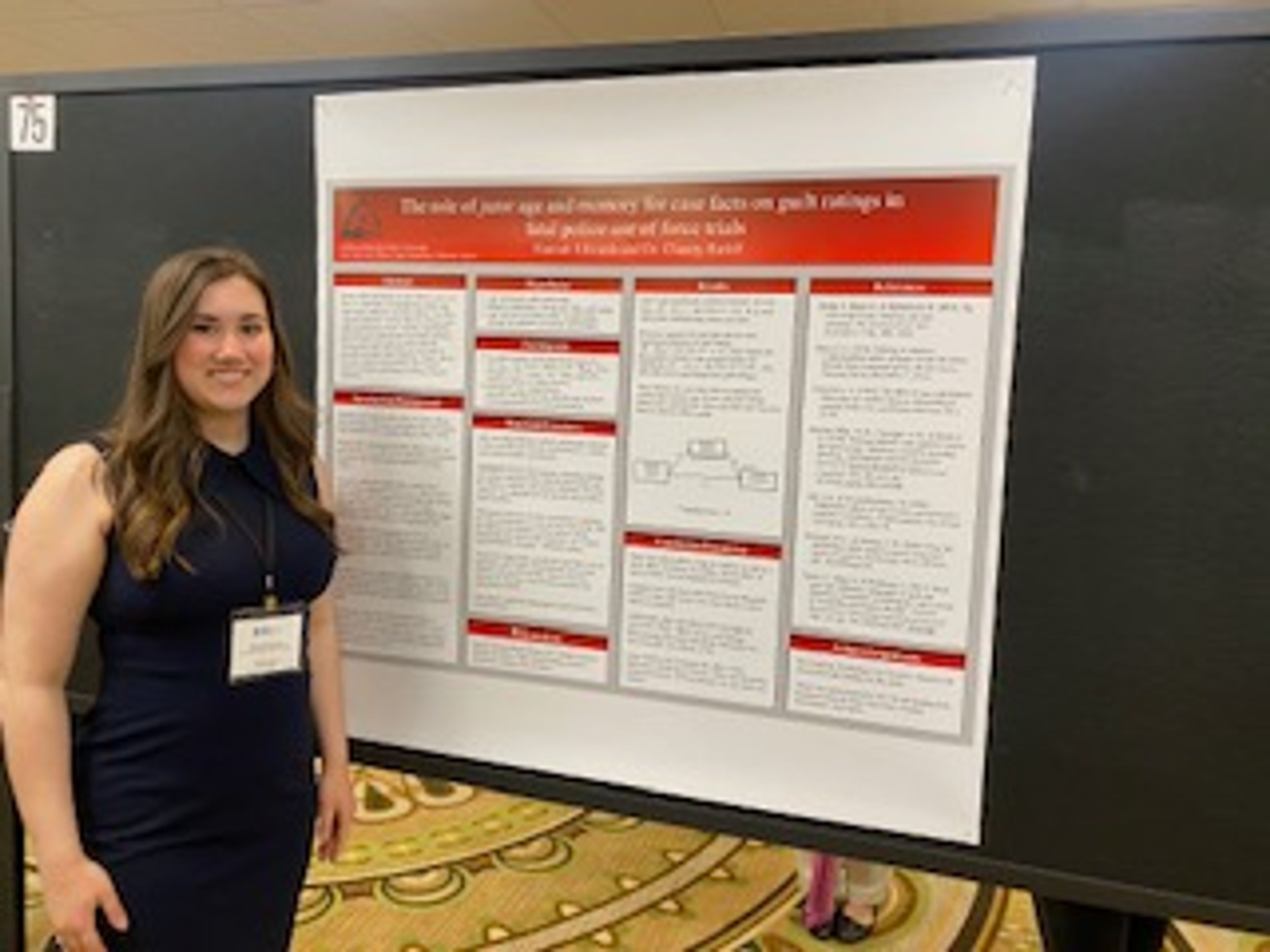SEMO officials say they are addressing various challenges to ensure the operations of the university’s shuttle. Federal restrictions have limited the ability to train drivers and the university has struggled to keep the app functioning.
The result is a public transit system that students say can be unreliable at times, and which officials say is becoming increasingly difficult to keep fully staffed.
The SEMO Transit Ridership is calculated route by route and day by day. The ridership has decreased by a grand total of 11,840 rides between the 2020 calendar year and the 2022 calendar year.
The SEMO Shuttle is an accessible way for students to get around campus and town quickly. Many students utilize the shuttle daily but seem to find themselves walking where they need to go.
Freshman double major in computer science and TV/Film Lauren Holloway used to rely on the shuttle for transportation to her classes, clubs and friends’ dorm rooms.
“The shuttle trackers won’t load, and I can’t track where we’re going,” Holloway said.
She said she had been late to her classes because of the shuttle tracker being unavailable or late pickups. She usually uses the Southeast app or waits until the correct shuttle comes.
“I used to rely on the shuttle because I live at Laferla and Game Club [Southeast] holds meetings at Kent Library,” Holloway said. “I’m too scared to walk back from there back to my dorm in the dark.”
Similar to Holloway, other students are experiencing the same problems.
Freshman health science major Kia Young takes the shuttle at night across campus to and from her friend’s dorm rooms but often walks home because the shuttle did not arrive.
“Because the shuttle trackers are not working well at night, and there are still people out there who want to use the shuttle to go certain places, they should implement a phone or something where a student can call to confirm a shuttle is running,” Young said.
According to Semo.edu, Southeast’s Shuttles run Monday through Saturday with different start and end times for each route: Red Route, Green Route, Blue Route 1 and Blue Route 2.
Red Route is considered an express route during peak hours and runs Monday through Friday with a 15-minute route rotation to Towers Complex from 8:45 a.m. to 2 p.m. This shuttle does not run on Saturday or Sunday.
Green Route also does not run on Saturday or Sunday but is available Monday through Thursday from 7:20 a.m. to 7 p.m. and on Friday from 7:20 a.m. until 5 p.m. This route includes more specific academic buildings and dorms.
Blue Routes 1 and 2 drop off at the same locations, including River Campus, Catapult and Spanish/Independence streets as well as main campus stops. Blue Shuttle 1 transports students starts at 7 a.m. and Blue Route 2 starts at 8:45 a.m., both until 10 p.m. Monday through Friday. This shuttle is active on Saturday from noon to 8:00 p.m.
Many River Campus Events tend to end past 8 p.m. on Saturday, leaving students without transportation back to their dorm.
W.I.N.G.S. is a Student Government Association-funded project that provides transportation on Wednesday and Saturday to Walmart, Schnucks, Town Plaza, and other locations such as West Park Movie Theatre upon request from 2 p.m. to 8 p.m.
W.I.N.G.S. has gained ridership of 3,806 between the 2021 year and 2022 year.
Cape Girardeau County Transportation Authority is another option for students who need transportation at night or on weekends. It is available Monday at 5 a.m. until Sunday at 2 p.m.
Director of Public Safety and Transportation Beth Galus is in her 35th year in the Department of Public Safety at SEMO. She has been the director since 2007.
She said when the shuttle trackers are not working, the connectivity is lost or the trackers are dislodged or discharged.
“Since the end of the spring semester [2023] and the beginning of this one, the [shuttle tracker] has been re-evaluated, reworked and updated. We haven’t had near the reports of outages that we’ve had before; there are people who monitor those,” Glaus said.
Glaus said if the shuttle tracker is not working, the Department of Public Safety dispatcher’s 24/7 phone number is 573-896-6187.
To drive a shuttle bus, a commercial driver’s license (CDL) is required along with alcohol and drug testing, bio and hazardous waste training, wheelchair lift and securement training. With these requirements, it is difficult to find drivers who are interested in working.
SEMO Transit once offered a CDL training program to students who were interested in driving commercial trucks but since recent federal regulations changed, SEMO is unable to train people.
Since the recent federal regulation change, the university cannot offer the training and a certified driver trainer is now required. The result is the shuttle hours of operation had to be reduced down 62 hours.
“[Changing Hours] has affected an average of five people a week, but costs about $30 an hour to run the shuttle,” Glaus said. “We basically had a bus going around for two hours a night and no one using them.”





